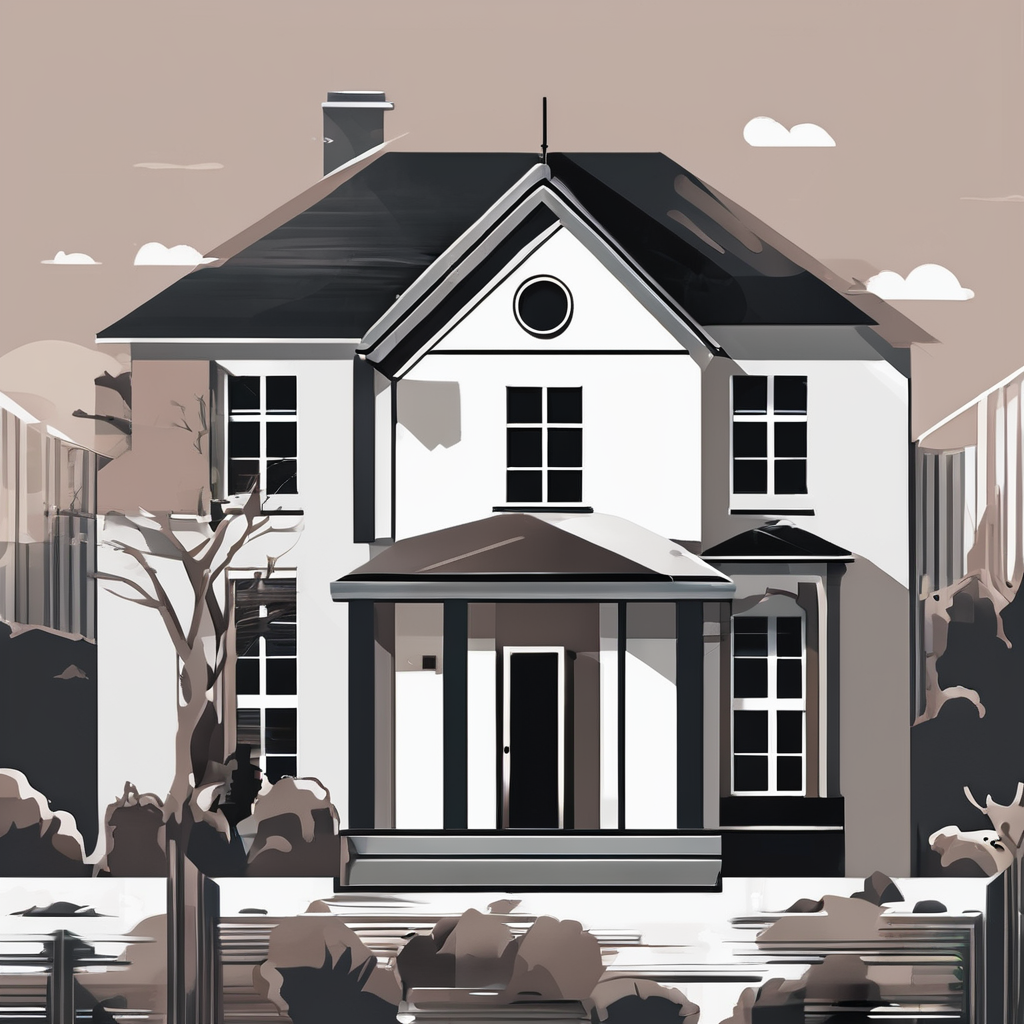Psychological Effects of Garden Design
Gardens offer significant psychological benefits, many of which are supported by extensive research and expert consensus. Exposure to gardens has been consistently linked to improved mental health and heightened emotional wellbeing.
Scientific studies reveal that spending time in or around thoughtfully designed gardens can reduce stress, anxiety, and symptoms of depression. The presence of natural elements—such as plants, water features, and natural light—plays a crucial role in fostering relaxation and mental restoration. These elements engage the senses and provide a calming environment that supports emotional balance.
Have you seen this : How can you maximize space in a compact UK garden?
More specifically, research shows that gardens promote mindfulness and encourage positive social interactions, both of which contribute to better psychological outcomes. Studies also highlight that garden design tailored to accessibility and inclusivity maximizes these benefits across diverse populations.
Additionally, evidence-based benefits demonstrate that even brief exposure to garden settings can improve mood and cognitive function. This suggests that gardens are not only aesthetic spaces but also vital tools for enhancing overall emotional health. Incorporating garden design into homes, workplaces, and healthcare facilities can create therapeutic environments that support well-being on multiple levels.
In the same genre : What Are the Key Benefits of Incorporating Native Plants into Your UK Garden?
Essential Garden Design Elements Influencing Wellbeing
Gardens can profoundly affect wellbeing through intentional garden design elements. Selecting diverse plants and flowers, alongside thoughtful plant selection, plays a crucial role. Vivid colors trigger emotional responses; for example, blues and greens often promote calm, while bright reds and yellows can boost energy. This is the essence of color psychology in garden planning.
Sensory gardens use multiple senses to enhance relaxation. Fragrance from herbs or blossoms often reduces stress, while the gentle sound of rustling leaves or water adds soothing auditory stimulation. Textures from different foliage invite tactile interaction, engaging visitors fully and supporting mental restoration.
The garden’s layout also significantly impacts wellbeing. Open spaces foster freedom and reduce feelings of confinement, whereas carefully planned pathways encourage mindful walking. Visual flow guides the eye organically through the space, generating a sense of harmony. By integrating these aspects—diverse plants, sensory elements, and smart design—gardens become more than decorative; they turn into restorative environments nurturing both mind and body.
Practical Features for Enhancing Relaxation and Stress Reduction
Creating a garden that truly promotes relaxation features in gardens involves more than just planting flowers. Water elements, such as fountains or gentle streams, play a crucial role by providing soothing sounds that mask distracting noise, fostering a calm atmosphere. These water elements stimulate senses and help lower stress levels naturally.
Seating areas strategically placed within shaded zones offer inviting spots for rest and contemplation. Comfortable seating combined with natural shade contributes significantly to stress reduction by allowing visitors to unwind, read, or meditate comfortably, even on sunny days.
Private zones within gardens offer an extra layer of comfort and mental relief by creating quiet retreats where one can find solitude. Moreover, designing accessible pathways ensures that everyone—regardless of mobility—can navigate the garden safely and without frustration, which is essential for inclusive relaxation spaces.
Therapeutic gardens integrate these features precisely to enhance wellbeing. They combine water features, thoughtful seating, shaded areas, and privacy to create environments that actively support mental and emotional health. These gardens demonstrate how practical design choices work together to transform outdoor spaces into sanctuaries of stress reduction.
Focusing on these practical features can elevate any garden into a place of true comfort and healing.
Physical and Social Advantages of Well-designed Gardens
Well-designed gardens offer tangible benefits by encouraging physical activity in gardens, such as gardening tasks and leisurely walking. These modest movements can significantly improve cardiovascular health, reduce stress levels, and enhance overall mental health. Engaging in even light physical exertion outdoors promotes the release of endorphins, which help alleviate anxiety and depression symptoms.
Moreover, gardens built for communal use foster vital social interaction gardens by providing inviting spaces where neighbors can meet, converse, and collaborate. This community building in shared gardens reduces feelings of social isolation, which are known risk factors for poor mental health. Being part of a gardening community not only creates friendships but also offers a sense of purpose and belonging.
The connections between physical environment and overall wellbeing are clear: natural green spaces stimulate positive psychological responses, lower blood pressure, and encourage healthier lifestyles. In shared gardens, the environment is carefully designed to maximize movement and social opportunities, creating an inclusive setting that nurtures both body and mind. Thus, well-designed gardens serve as important urban sanctuaries, enhancing both physical and social health in measurable ways.
Expert Recommendations and Tips for Maximising Mental Wellbeing
Experts in garden design stress that emotionally supportive gardens combine natural beauty with purposeful features tailored to foster mental wellbeing. According to expert garden design advice, integrating sensory elements—such as fragrant herbs, textured plants, and calming water features—can create a soothing environment that reduces stress and enhances mood.
For those with limited space or unique needs, mental wellbeing tips suggest adapting garden elements thoughtfully. Vertical gardens, container plants, or small herb patches can produce therapeutic benefits even in compact areas. The key is to maintain accessibility and ensure the garden reflects personal preferences to promote regular engagement.
Evidence-based garden practices recommend incorporating seating areas for quiet reflection or social interaction, as well as paths that encourage gentle movement. These elements support mindfulness and physical activity, both crucial for mental health.
Several organisations provide valuable guidance on therapeutic gardening. They offer resources ranging from planning tools to workshops designed to help individuals create gardens that nurture emotional resilience. Exploring such support networks can enhance the effectiveness of your garden as a mental wellbeing sanctuary.
